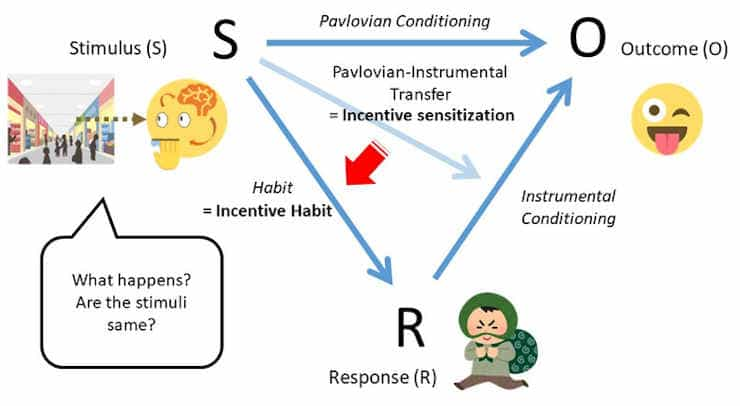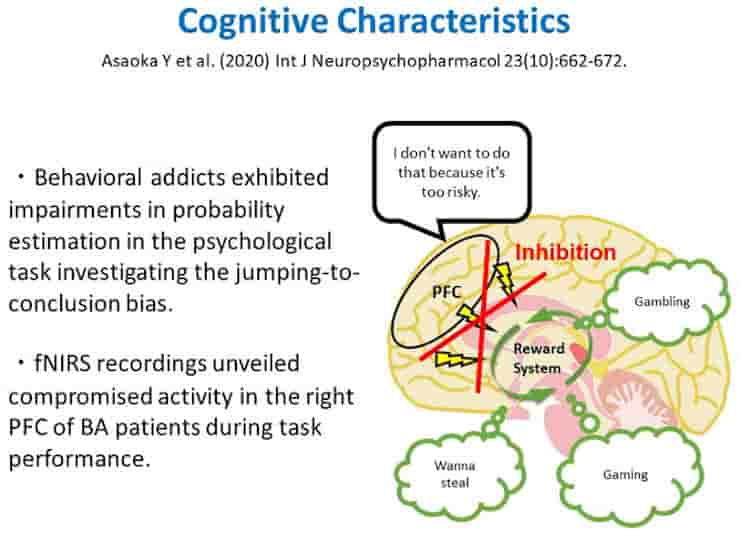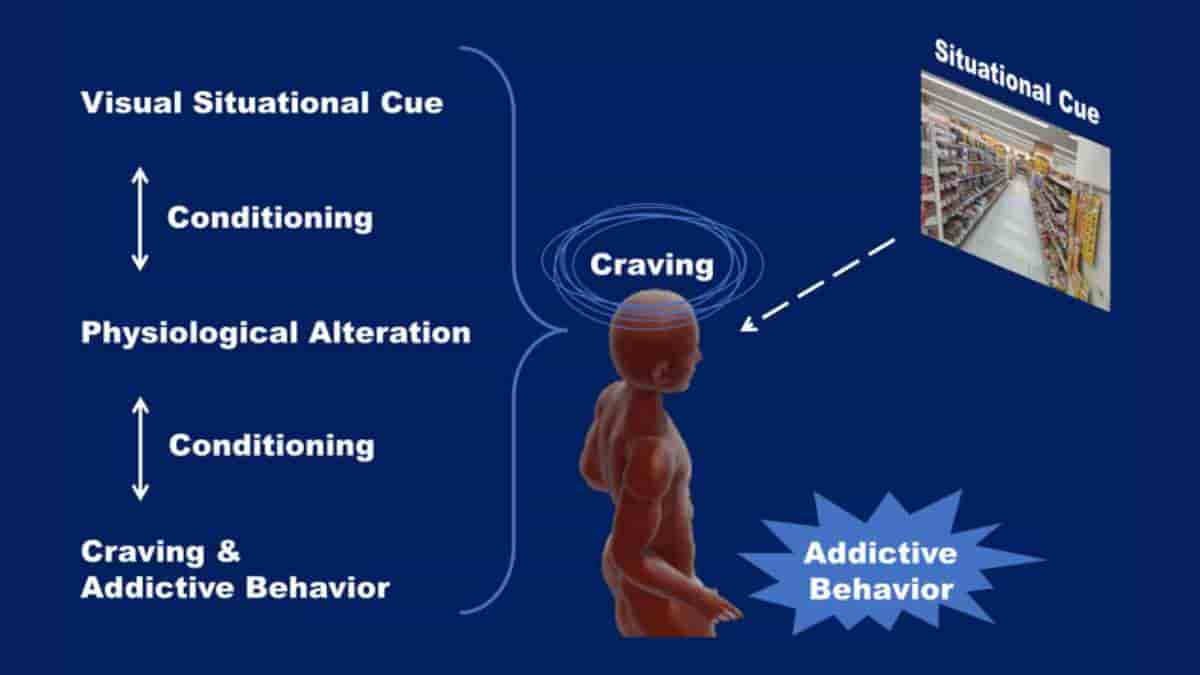A kleptomaniac is not the same as a thief. They steal for different reasons, and their brain activities also show different patterns.
Kyoto University researchers recently discovered that when patients with kleptomania are shown images with environmental cues relevant to their symptoms, they exhibit distinct patterns of gazing and brain activity. Such characteristics were not observed in healthy subjects, including those who may have nicked from the cookie jar on occasion.
Although the sample size was small and the research was preliminary, the findings indicate for the first time that kleptomania may involve mechanisms that are similar, if not identical, to those associated with drug addiction.
“Studies such as ours could help deter impulsively committed crimes like shoplifting and contribute to realizing a better society,”
said lead author Yukiori Goto.
Cue-induced Craving

Credit: KyotoU/Yukiori Goto
Environmental cues leading to cravings were observed in studies of patients with alcohol addiction, a phenomenon known as cue-induced craving. These mechanisms are shared by other behavioural addictions, such as gambling, gaming, and Internet use, which are clinically referred to as substance use disorders.
Kleptomania, first described in 1816, is defined as the inability to resist the compulsion to steal items for reasons other than personal or financial gain. Traditional criminal penalties are ineffective in stopping this maladaptive behaviour. Instead, therapeutic treatments are becoming more crucial in avoiding repeated convictions.
Although the American Psychiatry Society classifies kleptomania as a “Disruptive, Impulse-Control, and Conduct Disorder” and states that it meets the criteria for addiction, there have been relatively few studies of the disorder to date.
Risk Estimate Dysfunction
27 healthy adult participants and 11 patients with behavioural addiction were studied in Goto’s paper. Each participant watched still and moving pictures, some of which featured environmental cues related to their symptoms, like stores filled with goods, while others showed irrelevant cues, like the outdoors.

Credit: KyotoU/Yukiori Goto
All subjects viewed the test materials while their gaze patterns were recorded using eye-tracking technology. Functional near-infrared spectroscopy, a non-invasive technique that recognizes hemoglobin changes in the prefrontal cortex, was used to simultaneously measure brain activity.
During task performance, the team’s fNIRS recordings revealed impaired activity in the right prefrontal cortex of kleptomania patients. These findings were consistent with other behavioural addicts who could not estimate the risk probability and thus fell into a reward system trap.
“Our study may lead to the development of therapeutic treatments targeting maladaptive learning, not only for drug addiction, but also impulse control disorders such as kleptomania,”
said Goto.
Kleptomania Comorbid Disorders
Kleptomaniacs frequently have other disorders involving mood, anxiety, eating, impulse control, and drug use. They also have high levels of stress, guilt, remorse, and privacy concerns associated with the act of stealing. These symptoms are thought to either cause or exacerbate general comorbid disorders.
Kleptomania has a higher prevalence in adolescents and young adults, and a lower prevalence in older adults, implying a pattern similar to that seen in substance use disorders. Family history data also points to a possible genetic link between alcoholism and kleptomania. Substance use disorders are more common in kleptomaniacs’ families than in the general population.
Kleptomania is frequently thought to be a component of obsessive-compulsive disorder (OCD), because the irresistible and uncontrollable actions are similar to OCD’s frequently excessive, unnecessary, and unwanted rituals.
Some people with kleptomania exhibit hoarding symptoms similar to those seen in people with OCD. However, the prevalence rates of the two disorders do not show a strong relationship.
Finally, as early as 1911, a possible link between depression and kleptomania was reported. It has since been thoroughly established in clinical observations and case reports.
The mood disorder may precede or co-occur with the onset of kleptomania. In severe cases, depression can lead to self-inflicted injury and even suicide. Following kleptomaniac theft, some people have reported relief from depression or manic symptoms.
References:
- Yui Asaoka, Moojun Won, Tomonari Morita, Emi Ishikawa, Yukiori Goto. Distinct Situational Cue Processing in Individuals with Kleptomania: A Preliminary Study. International Journal of Neuropsychopharmacology, 2023;, pyad005
- Baylé, F.J.; Caci, H.; Millet, B.; Richa, S.; Olié, J.P. (2003). Psychopathology and comorbidity of psychiatric disorders in patients with kleptomania. The American Journal of Psychiatry. 160 (8): 1509–13. doi:10.1176/appi.ajp.160.8.1509
- Grant, J.E.; Grant, M.P.H.; Odlaug, Brian L.; Kim, S.W. (2010). Kleptomania: Clinical Characteristics and Relationship to Substance Use Disorders. The American Journal of Drug and Alcohol Abuse. 36 (5): 291–295. doi:10.3109/00952991003721100
Last Updated on December 13, 2023
